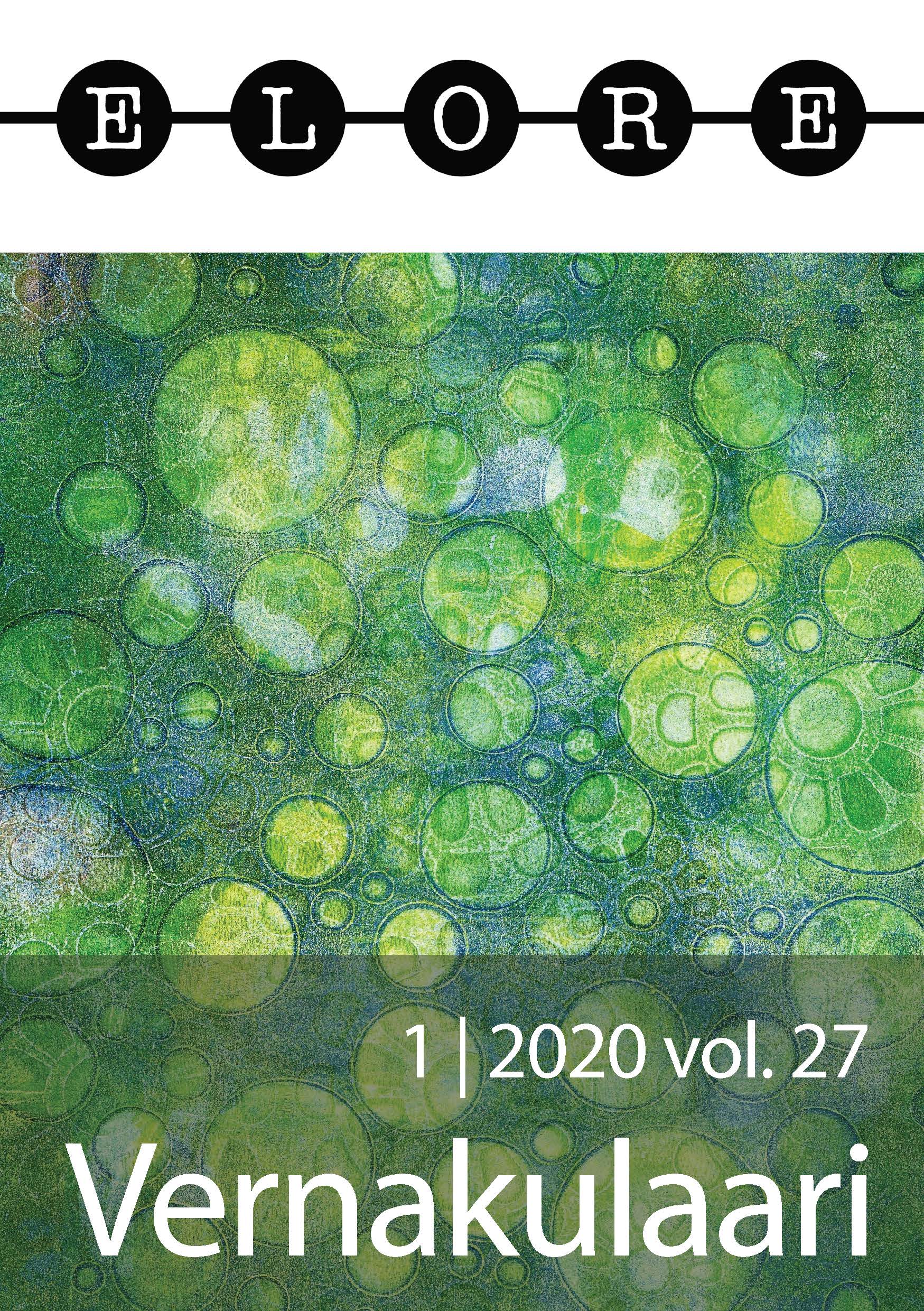Vernacular in the net
Digital dimensions of expressing compeer alignment
DOI:
https://doi.org/10.30666/elore.88834Abstract
Vernacular in the net: Digital dimensions of expressing compeer alignment
This article updates the concept of vernacular in order to analyse vernacular culture in digital environments. Linking vernacular with the common folk or subordinate groups in contrast to the elite, institutional or hegemonic culture belongs to the past. In the social media, people create their own culture from various positions, depending on the situation. Therefore, we approach the vernacular as a register that expresses compeer alignment.
We build our approach on the folklorist and media scholar Robert Glenn Howard’s work on the vernacular authority and the hybridity of the vernacular. In contemporary society, the vernacular is practically always intertwined with the institutional albeit simultaneously expresses alterity towards it. Therefore, it is always more or less hybrid. Hybridity – such as the use of commercially maintained technologies – can increase the vernacular authority as long as at the same time alterity is expressed credibly.
The vernacular register is not only a style of ordinary people or subcultures in their in-group communication. Institutional agents, as well, use it as a rhetorical tool when appealing to common audiences. The article includes three cases that illustrate the vernacular hybridity and the construction of the vernacular authority. The first case shows a dialogical process, in which the vernacular trend of baking terribly failed cakes circulates from social media to commercial production and back. The second case concerns the hybridity of the vernacular authority in populist political discourse. The third case handles social media influencers and their hybrid position between professionalization and peer alignment. In social media, mastering the vernacular register gives credibility to the vernacular authority despite institutional connections.

Downloads
Published
How to Cite
Issue
Section
License
The journal follows Diamond Open Access publishing model: the journal does not charge authors and published texts are immediately available on the Journal.fi service for scientific journals. By submitting an article for publication on Elore, the author agrees, as of September 2024, that the work will be published under a CC BY 4.0 licence. Under the licence, others may copy, transmit, distribute and display the copyrighted work and any modified versions of the work based on it only if they attribute the licence, the original publication (link or reference) and the author as the original author. Any modifications made must be acknowledged.
Copyright of the texts remains with the authors, and self-archiving (Green OA) of the published version is allowed. This also applies to texts published before September 2024. The Green OA publication must include Elore's publication details.
The metadata for published articles is licensed under Creative Commons CC0 1.0 Universal.





